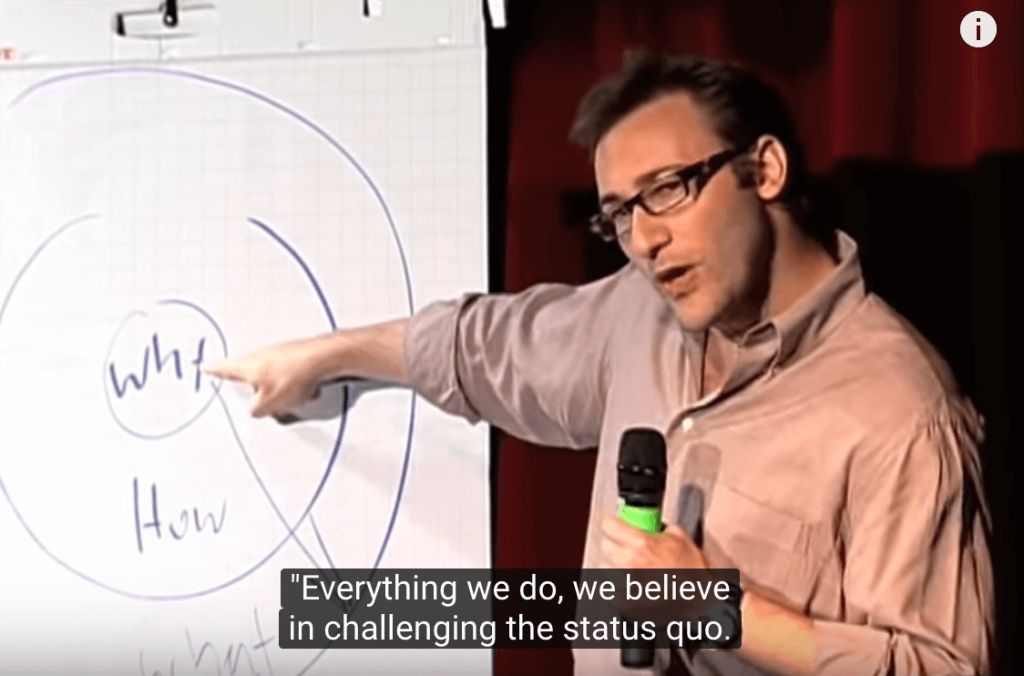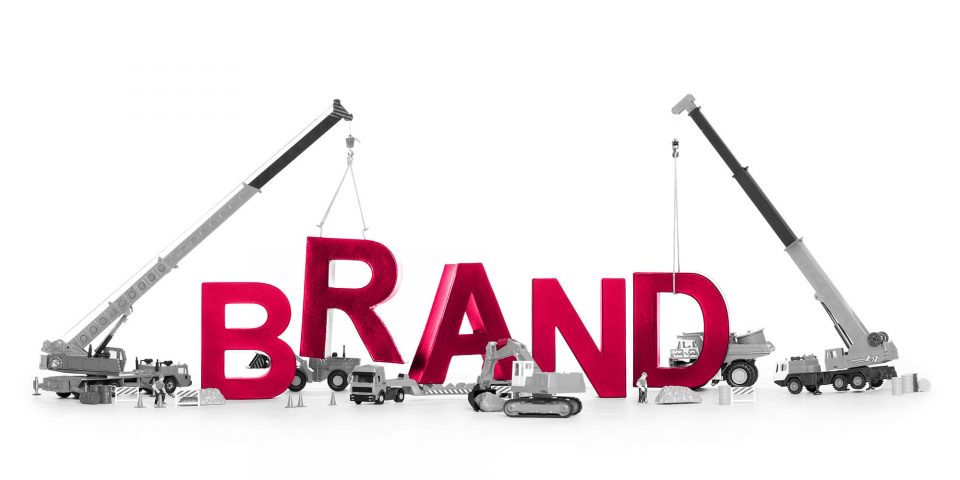So here’s the deal: you have a certain something, be it a product or a service, and want to brand it. The concept and purpose of branding is to differentiate yourself from the competition and allow your clients to know exactly what to expect from your business.
Your brand should be a true representation of what you do and who you are as a business, as it can change how people see your brand and drive new opportunities and brand awareness. Due to its huge impact, it’s vital to carefully plan it and do it strategically and effectively. In other words, there’s a checklist you need to go through, and it includes a lot of things. I’ll try to cover them all.
More than a cool logo
Let’s start with your unique selling proposition (USP). This is your key differentiator in the sense that it’s what makes you special. That’s what makes you stand out from the rest of the pack, whether it’s an innovative approach to an existing problem/solution, a competitive advantage in terms of a faster or a more comprehensive product/service, and else. It’s the reason why someone will pick your brand over another.

To understand your USP, you first need to understand your target audience. That is, the group of people who will use your solution – largely the foundation of your brand establishment. Through market research (the more specific, the better), you can figure out tons of important details such as characteristics that describe your potential customers, their motivations, pain points, affinities, and such.
You can also uncover your competitive advantage (or get a sense of the right direction) when focusing on creating an identity your audience will understand and relate to, as well as what is your position in the market and how you stack up against competitors. You need to understand who is in the market and if there is an opening (is this the right time to establish your brand), as well as if your offering makes sense (if it’s relevant).
All of the above will help you create a clear and highly relevant brand message that will resonate. Determining the target audience for your business is an effort that will impact and benefit every area of your brand establishment process.
Being future-oriented
Next step is building a short-term and long-term strategy. Entering the market is your typical example of a short-term strategy, and staying in the market and making an impact with your brand is your strategic long-term success. These two strategies are part of a bigger picture, where every long-term strategic plan builds on a short-term operational plan. Without one or the other, you are placing your future growth in a tough spot.
This is a good place to mention the storytelling side of brand establishment, namely how you want to portray your brand. This is the part where you go beyond a fancy logo and catchy tagline and describe the key traits of who you are, what you do, and why anybody in the world should care about you. It’s important to consider the famous Simon Sinek quote “people don’t buy what you do they buy why you do it”. So be sure to make it about the bigger picture and not make it all about YOU.

Part of the storytelling is also about being reliable and generally useful because at the end of the day, regardless of what you provide – you have to back up what you say. The business voice you choose for your brand is a huge opportunity to communicate on a deep, emotional level with your customers – one you should never miss.
Having a presence at the right place
Thanks to the globalization of markets, the online world is huge so one of the aspects of brand establishment that exploded with the digital expansion is social media and the PR side of it.
Once you settle on your brand’s voice, it’s about using it for every single piece of content.
This is a massive topic and I know better than to delve into it but what you do need to know is that consistency is key here. What you’re essentially doing is investing in breaking into the market. Putting out the relevant content in the right social environments (not all make equal sense) means being present where a meaningful conversation is happening: one that is highly relevant to your brand and one where you can make a significant impact.
PR is one of the brand awareness pillars (which will be my next blog post) for a very simple reason: it provides you with “free” exposure in the sense that you don’t pay for it directly. When I think about the brand establishment, one of the first things that immediately come to mind is word of mouth. The best way for a brand to become A brand is people talking about it because they believe far more what other people say than what you tell them yourself.
I’ll paraphrase Gary Vaynerchuk’s famous “content is king” line and say that the client is king. Good customer care is important due to is quick problem-solving ability. Regardless if it’s a B2B or B2C product, it’s your imperative that clients are satisfied because they are the ultimate ambassadors of your brand.
Most of the time, the entire PR thing boils down to creating a hype. We live in a fast-moving world where our attention is constantly bombarded by loads of content so almost everything needs to be viral. Invest in social media content, blogs, influencers, etc. On the whole, think of it as organic growth.
You’re either in or you’re out
In my mind, all of the aspects I mentioned above help establish the shape and form of a brand the way you want. Remember that as easily as you can come up with a myriad of reasons for someone to go for your brand, there’s an equal number of reasons why they should avoid it.
The process requires detailed planning and nurturing because you don’t get another go at it. What’s that phrase: you never get a second chance to make a first impression? Brand establishment is exactly that type of situation. It takes incredible amounts of time and patience, both during the creation and the implementation stages but once you do it right, it’s well worth it.
Image credits:
https://www.quora.com/What-is-the-best-advice-for-a-young-first-time-startup-CEO/answer/Anton-Mishchenko-1
https://www.youtube.com/watch?v=u4ZoJKF_VuA

